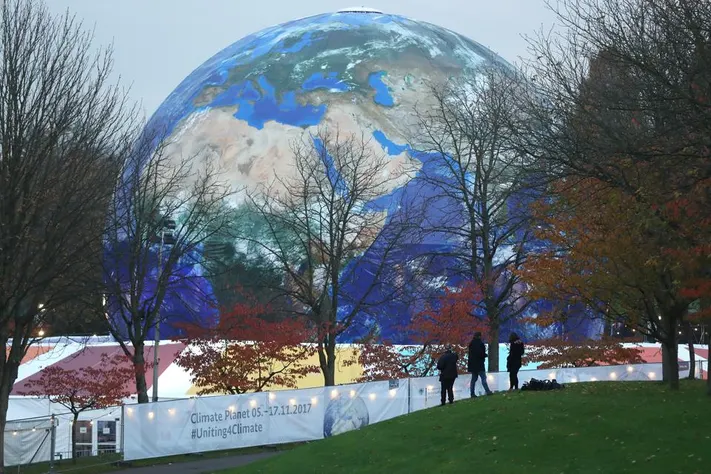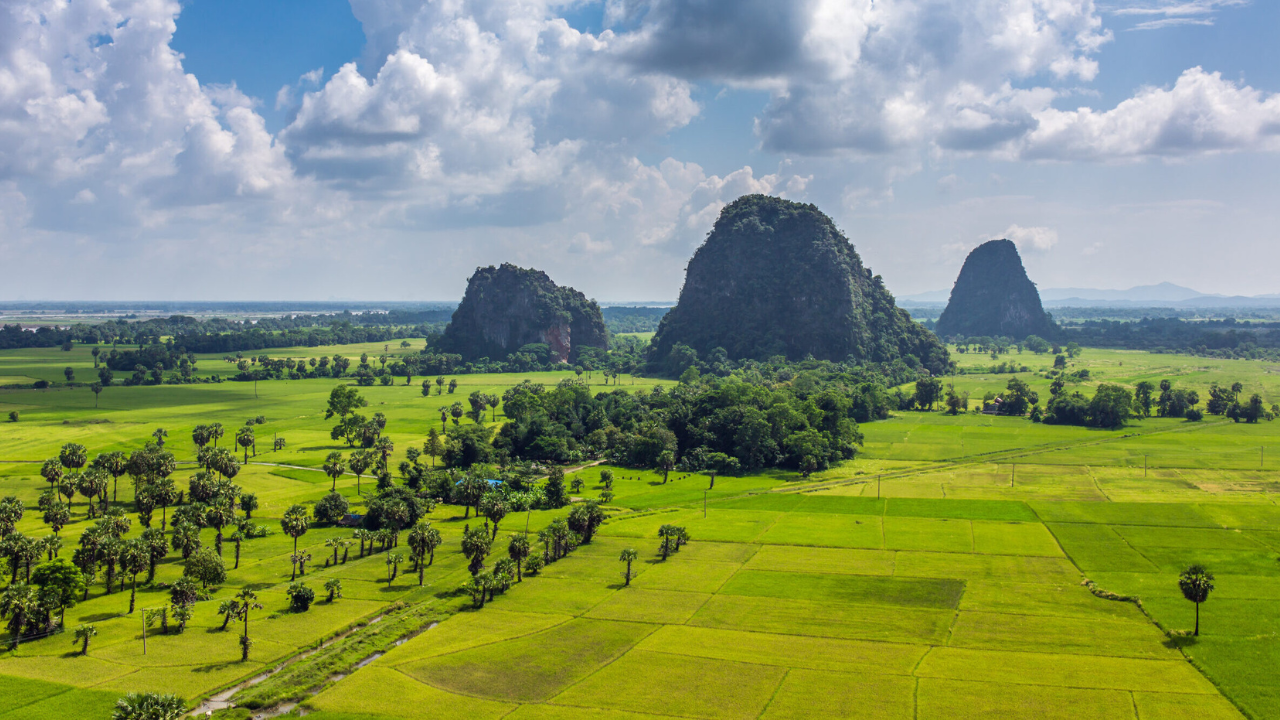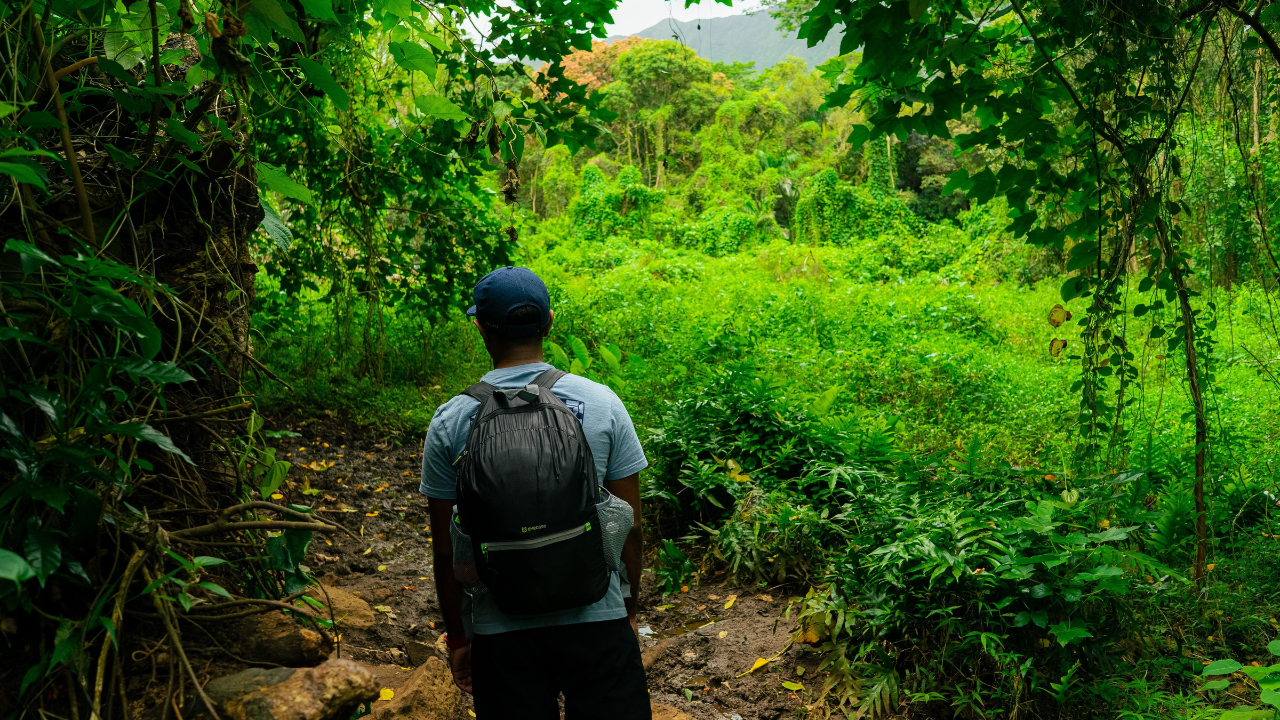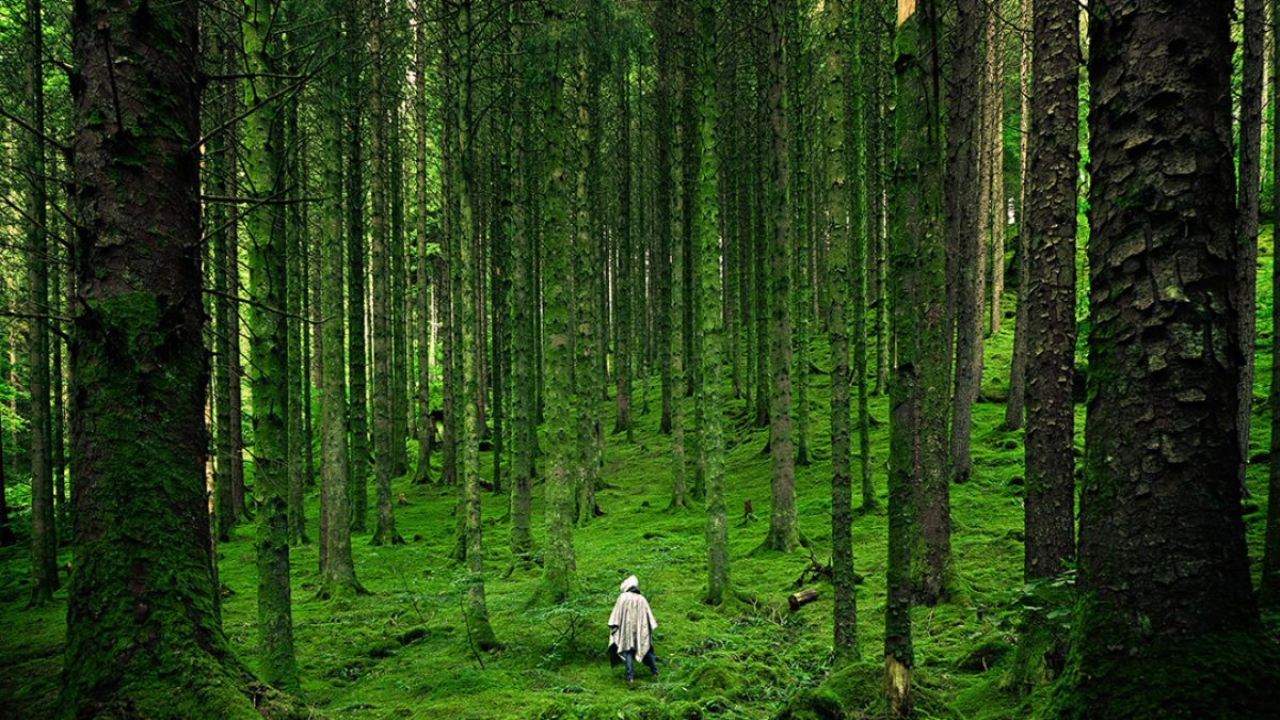
Bonn Climate Talks Make Progress: REDD+ Emerges as the Big Winner in June 2015
Introduction
The Bonn Climate Change Conference in June 2015 marked a critical step forward in global climate negotiations, setting the stage for the historic Paris Agreement later that year. Among the key outcomes, the Reducing Emissions from Deforestation and Forest Degradation (REDD+) mechanism emerged as a major success story, gaining unprecedented political and financial support.
This article delves into the significance of the Bonn talks, the role of REDD+ in climate mitigation, and why forest conservation remains a cornerstone of global environmental efforts.
The Bonn Climate Change Conference: A Crucial Stepping Stone
Held from June 1-11, 2015, the Bonn talks were part of the United Nations Framework Convention on Climate Change (UNFCCC) process, aimed at refining the draft text for the upcoming Paris Climate Conference (COP21). Delegates from over 190 countries worked to resolve contentious issues, including:
- Climate finance
- Mitigation commitments
- Adaptation strategies
- Forest conservation (REDD+)
While disagreements persisted, particularly between developed and developing nations, the discussions laid the groundwork for a more unified approach to climate action.
Why Bonn Mattered
- Finalizing the Paris Agreement Draft – Negotiators streamlined the draft text, removing redundancies and clarifying key provisions.
- Building Consensus on REDD+ – Forest-based climate solutions gained traction as a cost-effective way to cut emissions.
- Mobilizing Climate Finance – Developed nations reaffirmed commitments to the Green Climate Fund (GCF), crucial for supporting REDD+ projects.
REDD+: The Big Winner of Bonn 2015
What Is REDD+?
REDD+ (Reducing Emissions from Deforestation and Forest Degradation) is a UN-backed initiative that provides financial incentives for developing countries to:
- Protect forests
- Restore degraded lands
- Promote sustainable forest management
It goes beyond simply avoiding deforestation (REDD) by including conservation, sustainable management, and enhancement of forest carbon stocks—hence the “+”.
Why Did REDD+ Gain Momentum in Bonn?
- Proven Effectiveness – Countries like Brazil, Indonesia, and Costa Rica demonstrated that REDD+ could significantly reduce emissions while supporting local communities.
- Carbon Market Potential – REDD+ projects became eligible for carbon credits, attracting private investment.
- Indigenous Rights Recognition – The talks reinforced safeguards for indigenous peoples, ensuring their participation in forest governance.
Key Outcomes for REDD+ in Bonn
- Stronger Financial Commitments – Norway, Germany, and the UK pledged additional funding.
- Technical Guidelines Finalized – Methodologies for measuring forest carbon were standardized.
- Linkage to National Climate Plans (INDCs) – Many countries included REDD+ in their Intended Nationally Determined Contributions (INDCs).
The Broader Impact of REDD+ on Forest Conservation
1. Biodiversity Protection
Forests house 80% of terrestrial biodiversity. By preserving them, REDD+ helps protect endangered species like tigers, orangutans, and Amazonian wildlife.
2. Climate Mitigation
Deforestation accounts for ~10% of global CO₂ emissions. REDD+ has the potential to cut several gigatons of emissions annually.
3. Sustainable Livelihoods
Indigenous and local communities benefit from:
- Payment for ecosystem services
- Eco-tourism opportunities
- Sustainable agroforestry projects
4. Corporate & Government Partnerships
Major companies, including Unilever and Nestlé, committed to zero-deforestation supply chains, aligning with REDD+ principles.
Challenges & Criticisms of REDD+
Despite its successes, REDD+ faces hurdles:
1. Land Rights Conflicts
- Indigenous groups sometimes face displacement due to poorly implemented projects.
- Solution: Stronger legal frameworks ensuring community consent.
2. Monitoring & Verification
- Accurately measuring forest carbon remains technically complex.
- Solution: Advances in satellite imaging (e.g., NASA’s GEDI) and blockchain for transparency.
3. Long-Term Funding
- Many REDD+ projects rely on short-term grants.
- Solution: Expanding carbon markets and private-sector involvement.

The Road from Bonn to Paris (COP21)
The progress in Bonn set the stage for the landmark Paris Agreement in December 2015, where:
- REDD+ was formally integrated into Article 5.
- Over 100 countries included forests in their climate pledges.
- The Warsaw Framework for REDD+ (2013) was reinforced.
This solidified forests as a central pillar of global climate policy.
Conclusion: Why REDD+ Still Matters Today
Nearly a decade after the Bonn talks, REDD+ remains a vital tool in the fight against climate change. With rising deforestation in the Amazon, Congo Basin, and Southeast Asia, scaling up REDD+ initiatives is more urgent than ever.
What Can You Do?
- Support NGOs working on forest conservation (e.g., WWF, Rainforest Alliance).
- Choose sustainable products (look for FSC or Rainforest Alliance certification).
- Advocate for stronger climate policies in your country.
The Bonn Climate Talks proved that forests are not just carbon sinks—they are lifelines for biodiversity, climate stability, and millions of livelihoods. By continuing to invest in REDD+, the world can ensure a greener, more sustainable future.










Leave a Reply